A. History of establishment and development
1. 1970 - 1990
On December 2, 1969, President Ho Chi Minh – a beloved leader of the Vietnamese people, an eminent fighter of the world national liberation and international workers’ movement passed away. With boundless grief and in accordance with the aspiration of the entire Party, people and army, the Party Central Committee Political Bureau decided to build Ho Chi Minh Mausoleum and Ho Chi Minh Museum.
On November 25, 1970, the Secretariat of the Central Committee of the Vietnam Workers’ Party, Tenure III, issued Resolution No. 206-NQ/TW on the establishment of the Board in charge of building Ho Chi Minh Museum. It was a long stage since then.
Resolution No. 206-NQ/TW, dated 25-11-1970 on the establishment of the Board in charge of building
Ho Chi Minh Museum
The first stage (1970-1990) was the inception stage of the museum construction project.
The Board in charge of building Ho Chi Minh Museum comprised senior revolutionaries including Ha Huy Giap, Member of the Party Central Committee, Head of the Board; Hoang Tung, Member of the Party Central Committee, Deputy Head; and Vu Ky who was a long-time secretary of President Ho Chi Minh, member. The Board concentrated on developing the museum master plan to be submitted to the Political Bureau and Government for approval.
The development of the organizational structure and staffing was of primary concern. The staff of Agency 41 (CQ41: Code name of the Service Agency for Uncle Ho, taking the year 1941 in which Ho Chi Minh returned home to directly lead the Vietnamese Revolution) voluntarily stayed on to undertake the task of preserving and developing the heritage left back by Uncle Ho. Some people from other agencies and universities were recruited. On this basis, the organizational structure of the museum was gradually established.
The tasks undertaken by the Board in the first 7 years were in preparation for the construction of Ho Chi Minh Museum: Staffing was ready, facilities such as documentation, objects, curatorship… were in shape. On September 12, 1977, the Party Political Bureau issued Resolution No. 04-NQ/TW on the establishment of Ho Chi Minh Museum saying: it is "To express gratitude to and forever keep in mind the great services rendered by President Ho Chi Minh, to make all out effort to learn his thoughts, virtues and style, and be determined to realize his Testament, train new-styled men, foster revolutionaries for coming generations, and loyally and excellently continue his great revolutionary cause".
 |
 |
Resolution No. 04-NQ/TW, dated 12-9-1977 on the establishment of Ho Chi Minh Museum
In 1978, the Government Council approved the designing of Ho Chi Minh Museum and on October 15, 1979, issued Decree No. 375/CP stipulating the functions, tasks and organizational structure of the Museum as a “Centre of research of the documents, objects and historical relics related to the life and work of Great President Ho Chi Minh during the process of his revolutionary struggle, communication and education of the public on his cause, thoughts, virtues and style through such documents, objects and historical relics".
On August 31, 1985, on the 40th anniversary of the August Revolution and National Day – September 2, a ground breaking ceremony was organized. While the building of the museum was under construction, in November 1987, UNESCO issued Revolution 18.65 recommending its member states to take part in commemoration of the centenary birthday of President Ho Chi Minh – a National Liberation Hero of Vietnam, a preeminent man of culture. From then on, all activities of the organization targeted May 19, 1990, with warm sentiment and determination of the entire Party, people and army, wishing to complete the construction of Ho Chi Minh Museum on the occasion of President Ho Chi Minh’s centenary birthday.

Ground-breaking ceremony for the construction of Ho Chi Minh Museum, 31/8/1985
With the great will of the Party and aspirations and sentiments of the people toward Uncle Ho, in five years, running against the time, the Ho Chi Minh Museum project was completed. On May 19, 1990, an inauguration ceremony of Ho Chi Minh Museum was solemnly organized in the great happiness and joy of the entire Party and people. Looking at the museum building in the shape of a white lotus, elevated in the historic land of Ba Dinh, we are moved and understand that in a great changing world, the presence of Ho Chi Minh Museum is of great significance. The actual time for the construction of the museum was five years, but the preparatory process took 20 years.
Mr. Do Muoi, Member of the Party Political Bureau, President of the Council of Ministers of the Socialist Republic of Vietnam addressing the inauguration ceremony of Ho Chi Minh Museum, 19-5-1990
The Ho Chi Minh Museum Project was the gift of the Russian people with esteemed sentiment toward President Ho Chi Minh and the great contribution of the Vietnamese people, cadres, fighters, painters, architects, scientists, and technicians and the effort, money and encouragement of the people. The inauguration ceremony of Ho Chi Minh Museum on May 19, 1990 was an important landmark of the development stages of Ho Chi Minh Museum. It also acknowledged the contribution and growth of the museum staff. Since then, Ho Chi Minh Museum entered a new stage.
2. 1990 until now
Since official open to the public on May 19, 1990, together with Ho Chi Minh Mausoleum and Ho Chi Minh Relics at the Presidential Palace, Ho Chi Minh Museum – a special cultural work on Uncle Ho has become a familiar and pilgrimage destination of the Vietnamese people and friends from all parts of the world whenever visiting the capital city of Hanoi.
On May 10, 1990, under Announcement No. 189-TB/TW of the Party Central Committee, Ho Chi Minh Museum was affiliated to the Ministry of Culture and Information (now the Ministry of Culture, Sports and Tourism). Integrating in the country’s industry of conservation, museology, culture and information, Ho Chi Minh Museum operated in new conditions, new mechanism, yet continued its functions and tasks initially set by the Political Bureau of the Party Central Committee. The Museum continued its human resources training and development in order to make full use of Ho Chi Minh’s heritage values. The work of communication and guiding was considered most important. This is because Ho Chi Minh Museum is one of the most modern museums in Vietnam, with rich curatorship and proper and modern fine arts solutions, reproducing the extremely noble, pure and beautiful revolutionary life of Ho Chi Minh, reflecting deeply his thoughts, virtues and style.
In implementing Decree 375/CP dated 15/10/1979 of the Government Council on the functions, tasks and organizational structure of Ho Chi Minh Museum, including: “Planning a system of Ho Chi Minh museum branches and relics; directing and guiding the construction and professional competencies and skills for those institutions”. In the past nearly 50 years, Ho Chi Minh Museum has held firm to its role as a leading museum in the system, always giving guidance to and assisting museums and relics on President Ho Chi Minh in carrying out their tasks such as research, collection, verification, planning, conservation, upgrading and effective operation. It has also helped them in appraisal and assessment of scientific projects conducted by such museums and relics. The Ho Chi Minh Museum has provided in time new research results and newly collected documents and objects in order to create a united system in terms of communication contents on President Chủ tịch Ho Chi Minh. It has a plan to annually organize trainings to improve the professional skills for its staff and staff from related institutions and their knowledge of Ho Chi Minh. It has coordinated with them in organizing seminars and workshops to exchange experiences in curatorship, research, verification of documents and other professional skills. These activities have helped networking and building of long-term relationship among institutions in the system.
Along with preservation and development of the values of President Ho Chi Minh’s relics in the country, Ho Chi Minh Museum has constantly extended its international cooperation and joint research with other countries such as China, Russia, France, Thailand …, bringing into full play Ho Chi Minh Relics overseas. At present, there are dozens of Ho Chi Minh relics abroad which are being preserved and made full use of.
In recent years, Ho Chi Minh Museum has paid special attention to reviewing its curatorship and communication to make effective use of the museum and replacing old technical equipment and introducing new technologies in order to better serve the public. At the same time, it has been planning for research, revision and supplement of the exhibitions. Workshops have been organized to receive inputs from professors, doctors and scientists on exhibition contents. The museum staff has been brainstorming day and night for new ideas on documentation and objects to add to the museum exhibitions.
The museum has on many occasions welcomed Party and State leaders and former leaders such as General Secretary Le Kha Phieu, General Secretary Nong Duc Manh, General Secretary Nguyen Phu Trong, President Le Duc Anh, President Tran Duc Luong, President Nguyen Minh Triet and President Truong Tan Sang who have highly appreciated the museum’s contribution. They also asserted that the museum has been doing a good work to widely introduce President Ho Chi Minh’s examples on virtues for the public to follow.

Nguyen Phu Trong, General Secretary of the Communist Party of Vietnam visiting and cutting the ribbon to inaugurate the Exhibition “General Secretary Le Duan – Life and Cause” at Ho Chi Minh Museum,
Hanoii, April 2017.
Ho Chi Minh Museum’s activities in the last nearly 50 years, particularly in the past 30 years since opening to the public have been very diverse and comprehensive. Worthy of note was its work in the last 10 years in revising and supplementing thematic exhibitions in service of the national political tasks. It has done well the work of collection and has collected many precious documents and objects on President Ho Chi Minh’s overseas activities in early 1920s and 1930s to add to the museum exhibitions, further clarifying different stages of revolutionary activities of Ho Chi Minh overseas, the challenges he overcame to return home to directly lead the Vietnamese revolution. It has also carried out good research and publication. The museum’s research results and publications not only contribute to communication activities on the life and cause of Ho Chi Minh, and the movement to learn and follow his examples, but also provide documentation to the Committee on Communication and Education of the Party Central Committee to fight against hostile forces’ distortion of the life and thoughts of Ho Chi Minh.
For nearly 50 years of building and development, Ho Chi Minh Museum’s efforts and endeavors have been acknowledged by the orders presented by the State, Government and Ministry of Culture, Sports and Tourism including: the Labour Order, First Class (1994), the Independence Order, Third Class (2000), the Friendship Order of the State of the Lao People’s Democratic Republic (2012), the Independence Order, Second Class (2005), the Independence Order, First Class (2010), the Certificate of Merit of the Prime Minister (2014)…. The museum has been trusted by relevant agencies, other museums and relics outside the system and received warm sentiments of visitors from all parts of the country and international friends.
To have made such great achievements, in addition to its efforts, Ho Chi Minh Museum has always received great attention from Party and State leaders, and leaders of the Ministry of Culture, Sports and Tourism and other ministries and agencies and close coordination from other agencies in the Ba Dinh Historical and Cultural Relic Complex, the High Command of Guard, and Regiment 375; support and assistance from Ba Dinh District Party Committee, Administration and people, solidarity and cooperation of the Ho Chi Minh museum and relics system across the country and the assistance of all related agencies, organizations and individuals and people at home and abroad.
The Ho Chi Minh Museum always remember and are thankful with respect to the care given by leaders of the Party and State and Ministry of Culture, Sports and Tourism and other relevant agencies, international friends and colleagues for their support and assistance over the last 50 years.
B. Leaders of Ho Chi Minh Museum through stages
Ha Huy Giap (1907-1995)
Member of the Party Central Committee, Tenure IIIHead of the Board in charge of building Ho Chi Minh Museum (1970-1977)
Director of Ho Chi Minh Museum (1977-1987)
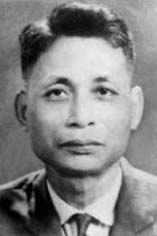
Hoang Tung (1920-2010)
Member of the Party Central Committee, Tenure III, IV, V
Secretary of the Party Central Committee, Tenure V
Deputy Head of the Board in charge of building Ho Chi Minh Museum (1970-1977)
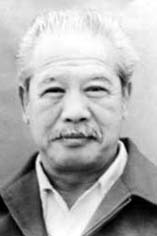
Vu Ky (1921-2005)
Member of the Board in charge of building Ho Chi Minh Museum (1970-1977)
Deputy Director of Ho Chi Minh Museum (1977-1987)
Deputy to the National Assembly, Legislature VIII (1987-1992)
Director of Ho Chi Minh Museum (1987-1990)
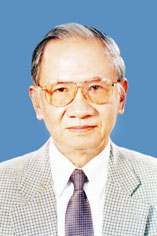
Dang Xuan Ky, Prof. (1931-2010)
Member of the Party Central Committee, Tenure VI, VII
Deputy Director of Ho Chi Minh Museum (1981-1987)

Cu Van Chuoc (1928-2007)
Deputy Director of Ho Chi Minh Museum (1983-1990)
Director of Ho Chi Minh Museum (1990-1999)
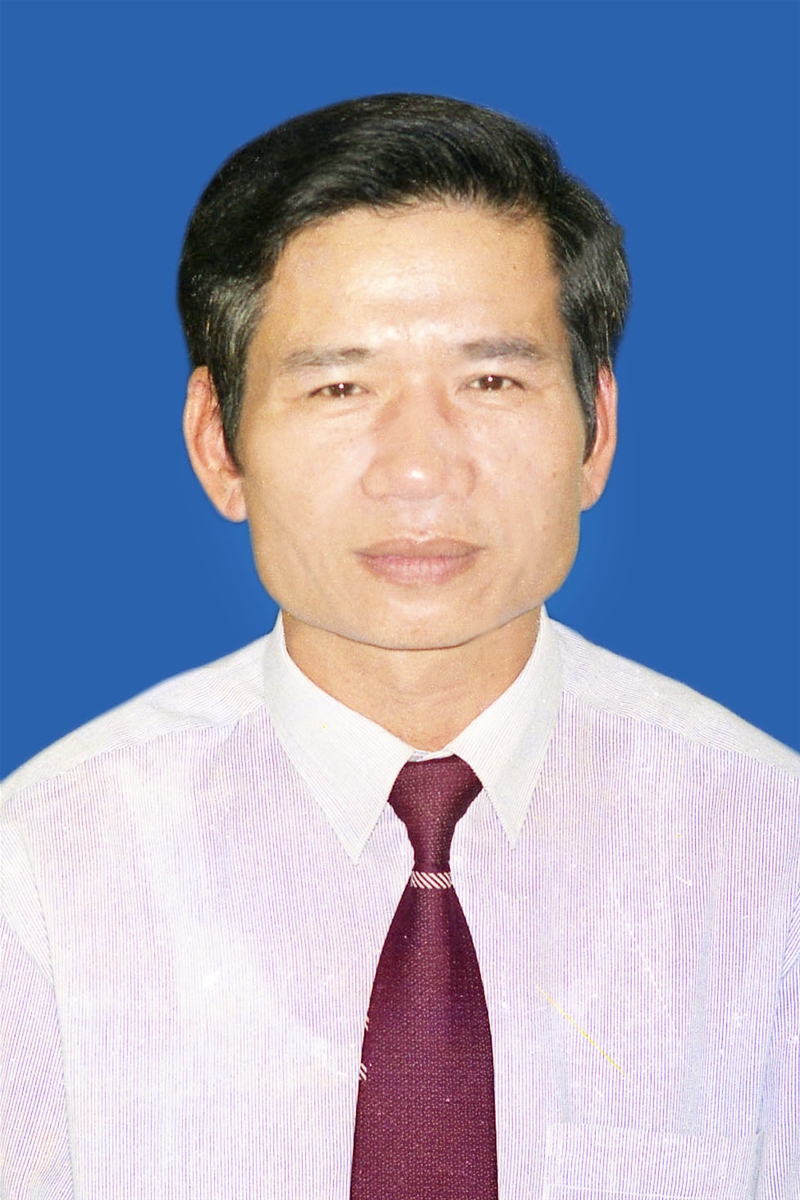
Hoang Khac Ung (1948-1997)
Deputy Director of Ho Chi Minh Museum (1989-1997)
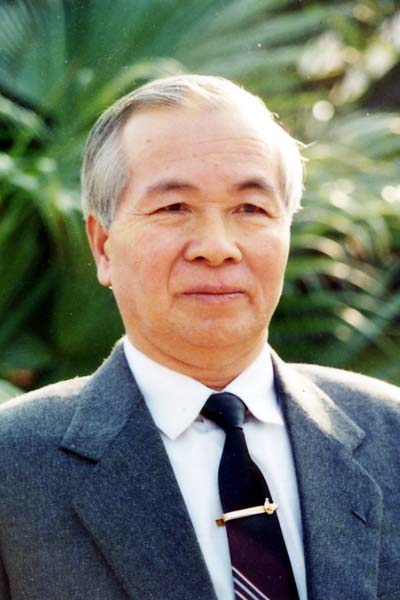
Nguyen Huy Hoan (1935-2012)
Deputy Director of Ho Chi Minh Museum (1989-1997)
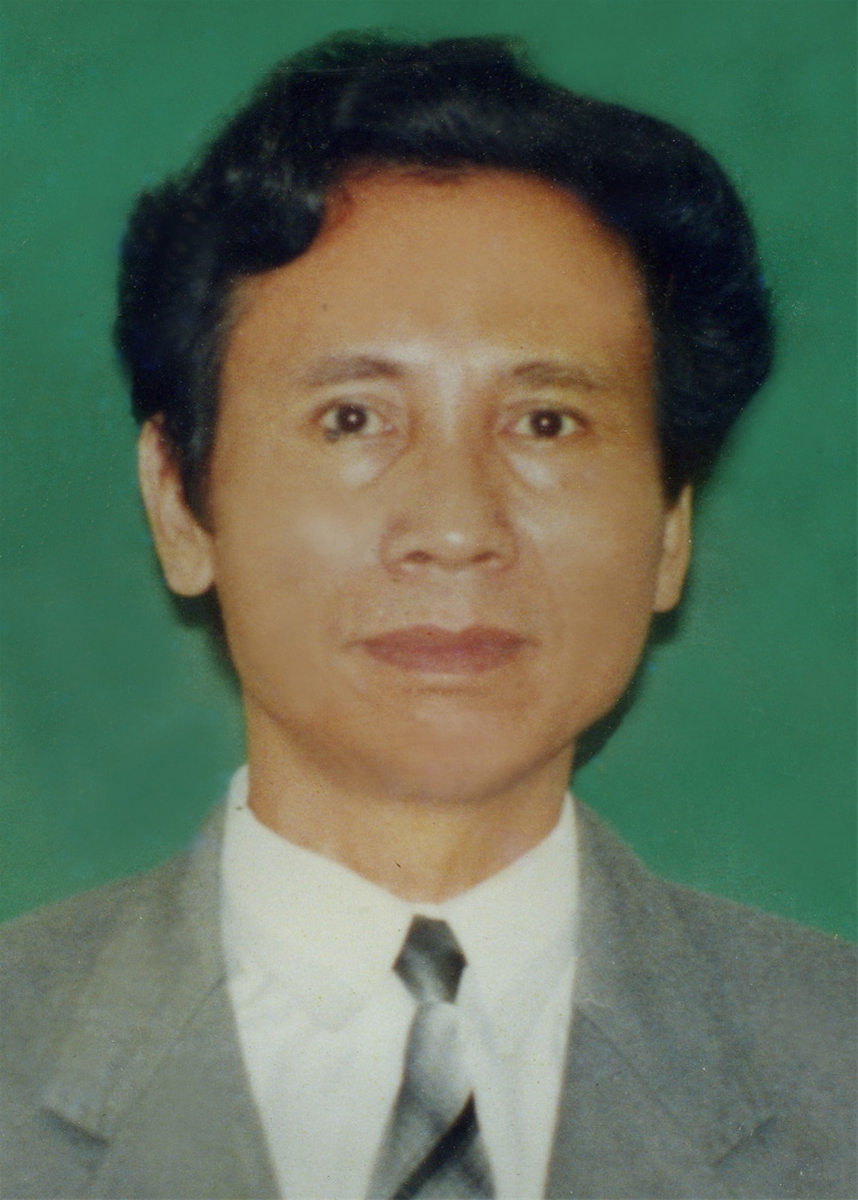
Do Van Tru, Ass. Prof. Dr. (1944)
Deputy Director of Ho Chi Minh Museum (1991-1998)

Nguyen Thi Tinh, Dr. (1951)
Deputy Director of Ho Chi Minh Museum (1997-1999)
Director of Ho Chi Minh Museum (1999- 2007)

Chu Duc Tinh, Dr. (1954)
Deputy Director of Ho Chi Minh Museum (1998-2006)
Director of Ho Chi Minh Museum (2007-2014)

Pham Duy Que (1942)
Deputy Director of Ho Chi Minh Museum (1998-2003)
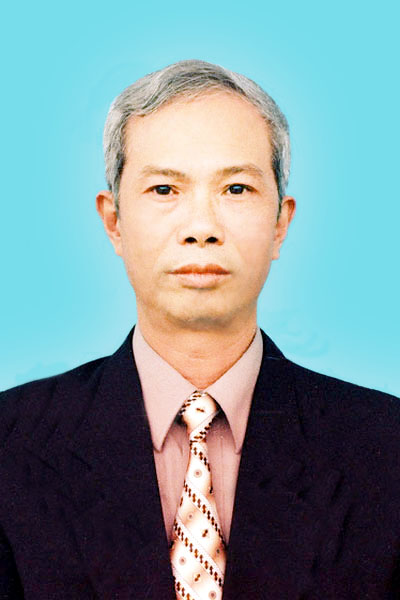
Do Trong Bang (1950)
Deputy Director of Ho Chi Minh Museum (2004-2010)
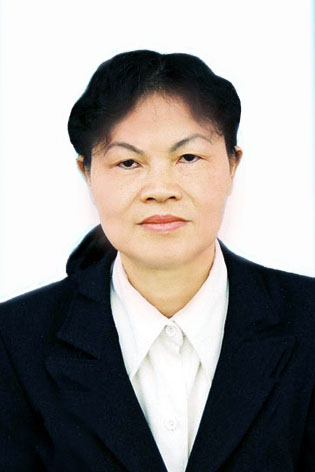
Vu Thi Nhi (1954)
Deputy Director of Ho Chi Minh Museum (2004-2010)

Nguyen Thuy Duc , M.A (1961)
Deputy Director of Ho Chi Minh Museum (2010-2014)
Acting Director of Ho Chi Minh Museum (2014-2016)
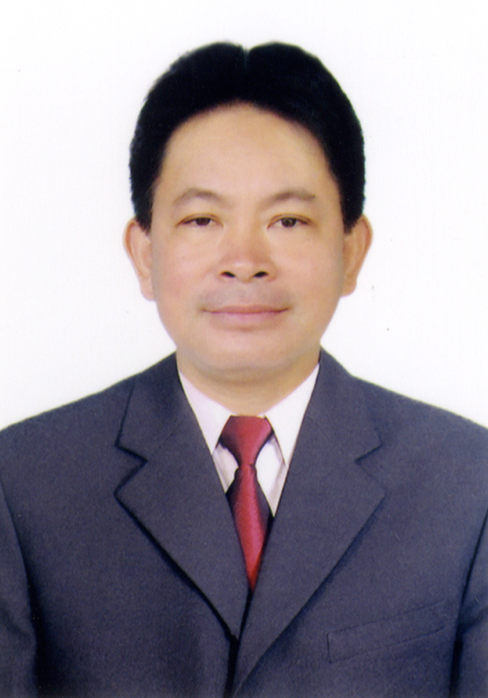
Nguyen Anh Tuan (1959)
Deputy Director of Ho Chi Minh Museum (2010 until now)
Pham Thi Thu Huong, Dr. (1969)
Deputy Director of Ho Chi Minh Museum (2014-2016)
Vu Manh Ha, Dr. (1972)
Deputy Director of Ho Chi Minh Museum (2016)
Director of Ho Chi Minh Museum (2016 until now)
Pham Thi Thanh Mai, Dr. (1977)
Deputy Director of Ho Chi Minh Museum (2016 until now)
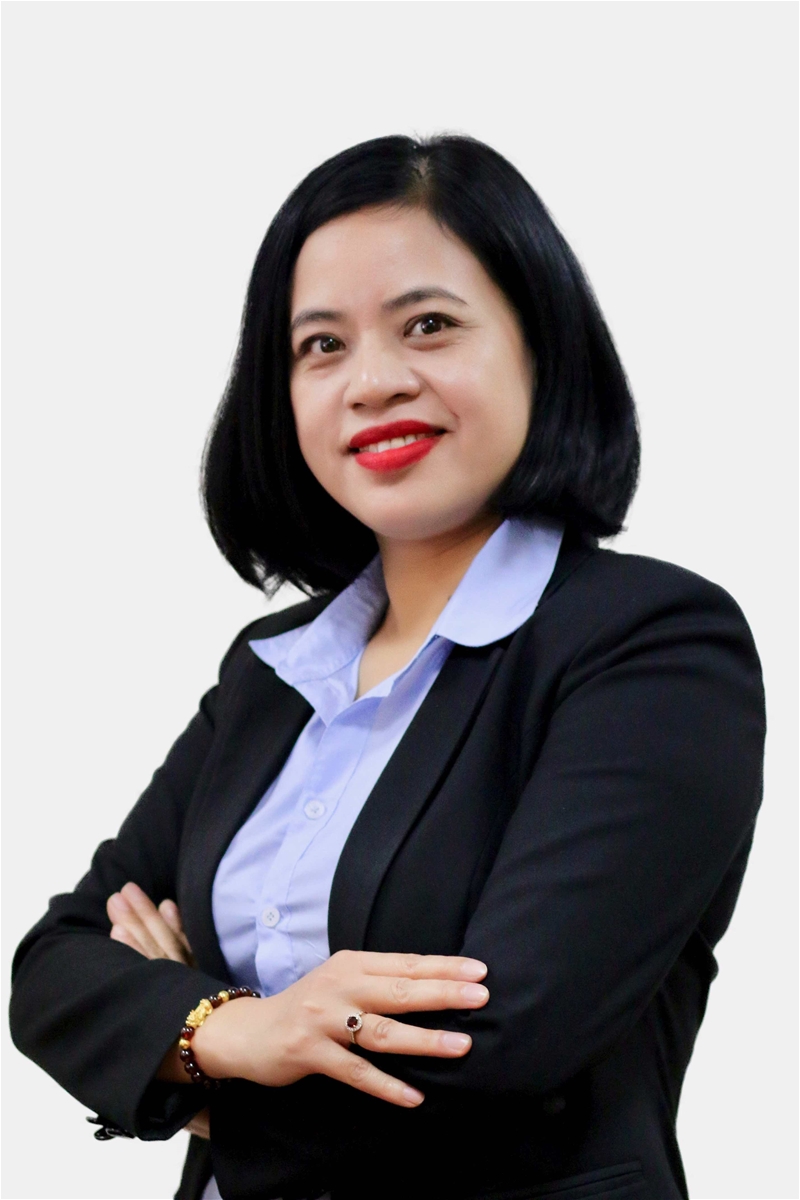
Do Thi Thu Hang, M.A (1978)
Deputy Director of Ho Chi Minh Museum (2020 until now)